Not surprisingly, for the inhabitants of Corraun Peninsula, whose attitude is of course that of the flight, the entrance to Achill is not necessarily the small modern bridge named after Michael Davitt which divides them from the island, but is in Mulranny, the fishing town located on the isthmus between Clew Bay and Blacksod Bay and marks the entrance to the peninsula, when coming from Newport.
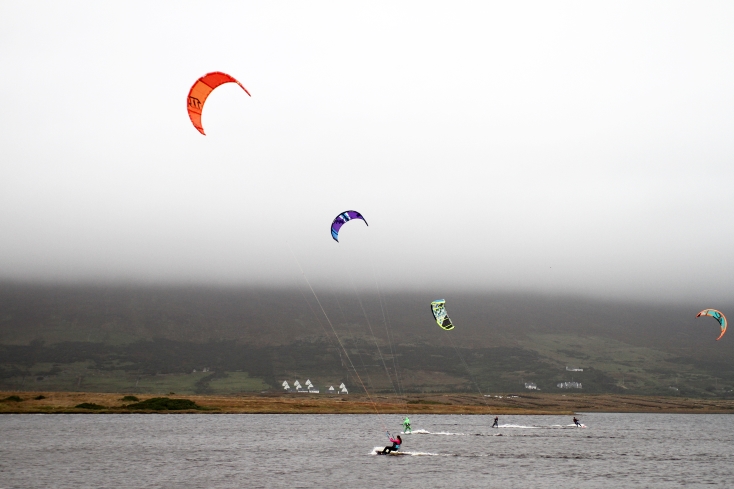
The Corraun Peninsula is also part of Achill, if not geographically, certainly in spirit. Mulranny celebrates its flights with the large fuchsias and exotic plants that grow there and that are celebrated every summer during the Mulranny Mediterranean Heather Festival.
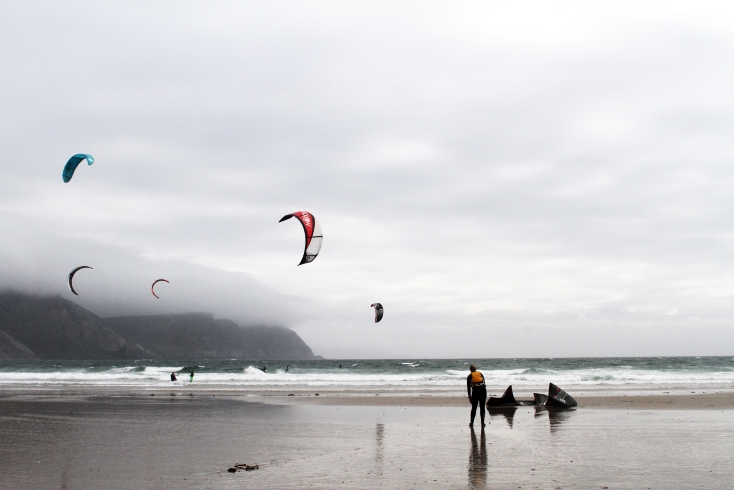
There are five beaches at Achill, five blue flags, five moments of suspension. Driving on Atlantic Drive, a spectacular road that hugs the ocean on the south side of the island, you come to Dooega, the first of the beaches, a small bay softened by the sea, taming itself for man.
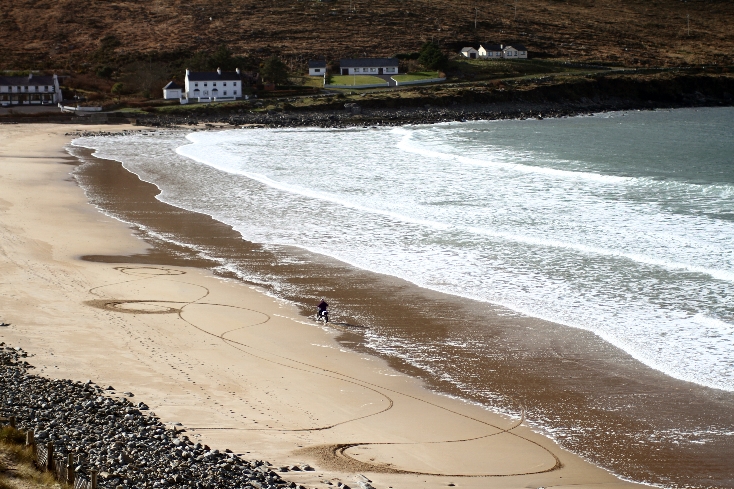
Then comes Keel, the endless, double, ethereal Keel, where hundreds of kite-surfers cut through it, oscillating on the border between the sky and the sea which beckons them with its call "if you cannot fly, then jump, and if you can’t jump, then run, and if you can’t run, then dance; do something while you're immersed in my light”. The same light that, not far away, lights up Mount Slievemore and the deserted village on the south side that dates back to Anglo-Norman times, later used for the seasonal migration of cattle.
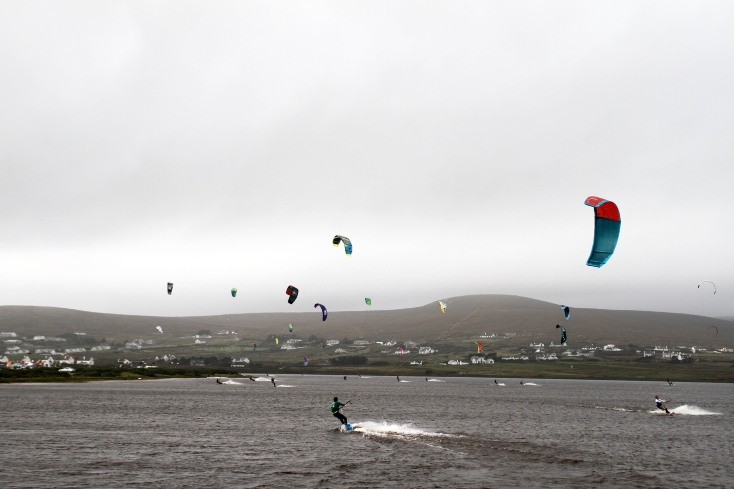
On the northern slopes of Mount Slievemore lies Dugort Beach, opposite Keel beach and overlooking Blacksod Bay: Dugort, the beach of the brave, where you might see the trail of a motocross bike and where on New Year’s day, brave islanders take the plunge in search of the vital energy that Achill bestows on its visitors.
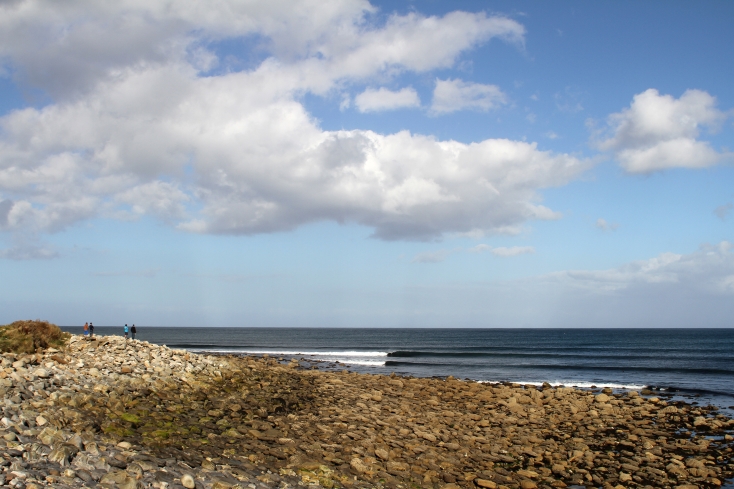
An ocean full of life that is also retraced in the Gaelic name of the Golden Strand, the other beach that overlooks Blacksod and whose ancient name, Barnyagappul, refers to the time in which the algae that gathered there was transported by the horses to the fields and used as fertiliser.
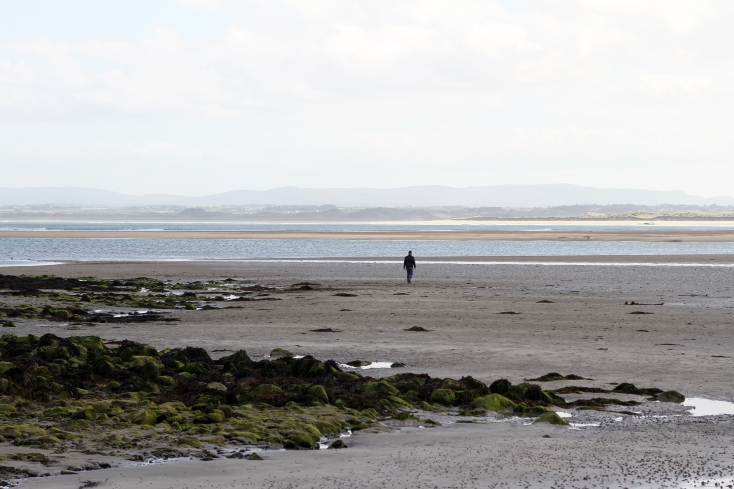
Passing Keel, Dugort and Golden Strand, Achill resumes the meaning of its magic at Keem Beach: Keem the lonely, Keem the metaphysical, Keem the nearest to the inaccessible beauty of Croaghaun, the third highest cliff in Europe, on the extreme western point of the island.
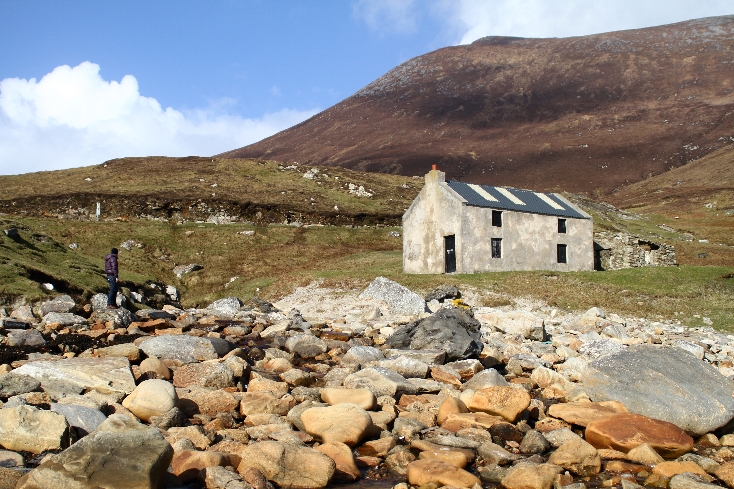
At Keem, the sand, waves, clouds and rocky walls seem real for a split second, before dissolving as you look away, like a dream that exists only in the most imaginative of minds.